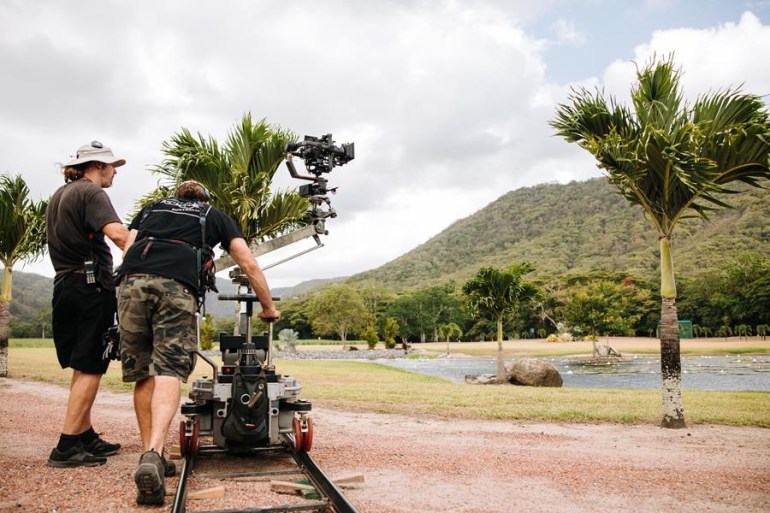Federal ministers Tony Burke and Michelle Rowland have decried the lack of investment in local programming, particularly children’s, among commercial broadcasters.
Their comments follow the release of new data from the Australian Communications and Media Authority (ACMA) that show a decrease in expenditure on first-release content within children’s and drama genres.
At the start of 2021, the previous government relaxed fixed local content quotas on free-to-air commercial networks across drama, children’s programming, and documentary, replacing them with a points system that allows broadcasters to meet their first-run quota via any combination of genres.
According to program expenditure information provided voluntarily from 69 metropolitan and regional commercial television licensees to ACMA, $69.7 million was invested in Australian drama in the 2020-21 financial year, down from $79 million in the previous 12-month reporting period.
Under the Australian Content and Children’s Television points quota system, Seven had the highest level of drama in 2021, with Home and Away helping the network achieve 260 points. Next up was Network 10 with 208 points, while Nine had 100.5 points.
In children’s drama, an expenditure figure of $2 million was recorded in 2020-21, down from $5.3 million in 2019-20, while for other types of children’s programming, the drop was slightly more significant, going from $5.3 million to $1.6 million.
Network 10 had the highest amount of children’s programming with 129 points, followed by Nine with 122.5 points and Seven with 45.5.
An area that did show improvement in expenditure was documentaries, with 2020-21 investment reaching $8.4 million, up from $7.1 million last year. However, this was still below the 2018–19 amount of $9.6 million.
Communications Minister Michelle Rowland said the ACMA findings highlighted the need for high-quality Australian children’s content to be made available across a range of platforms.
“Our kids need to grow up with the opportunity to enjoy and learn from locally produced shows,” she said.
“These results reaffirm the need for screen policy settings to be carefully considered.”
For Arts Minister Tony Burke, who is in the midst of consulting on the National Cultural Policy, there needed to be more Australian stories told across the board.
“I appreciate Australian stories will never be all of the stories we watch, but it can be so much more,” he said.
The release of the ACMA data comes a week after the Australian Children’s Television Foundation (ACTF) announced it had committed $9.6 million to the development and production of new children’s content since being given an additional $20 million over two years last July.
Of this, $1.3 million has been committed to the development of 25 separate projects, while more than $8.3 million has been committed to the production of 14 new projects, resulting in almost $90 million of production spending,
ACTF CEO Jenny Buckland said Australian writers and producers were “bursting with new ideas for children’s television shows”.
“This funding has enabled the Australian Children’s Television Foundation to supercharge the creation of new projects across a broad slate of high-quality live action, animation, and factual content.
“The additional investment to the ACTF is delivering a strong group of diverse, entertaining and high-quality productions, which would not exist without this support.”


